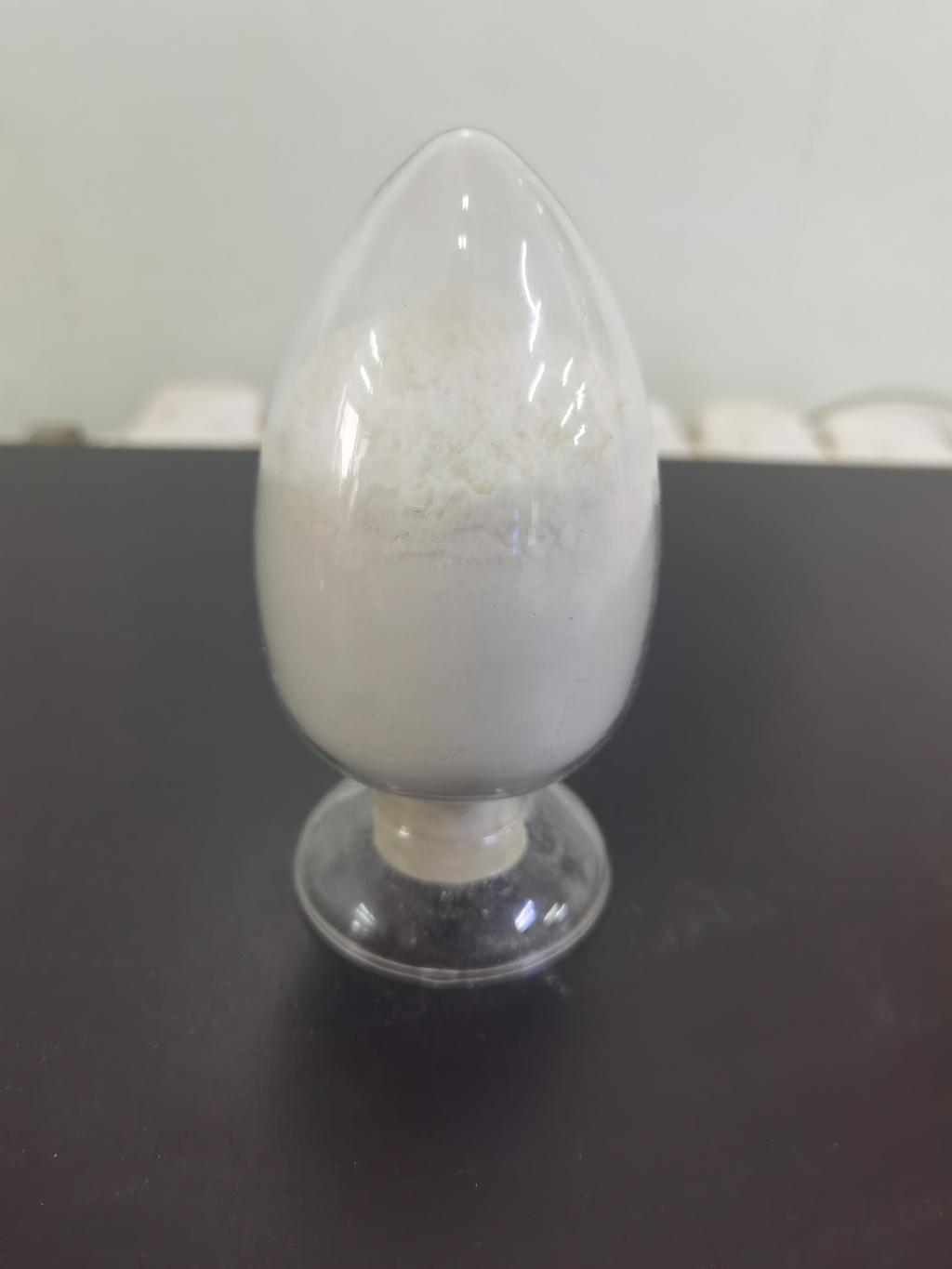Tel:+8618231198596

News
 CONTACT
CONTACT
 CONTACT
CONTACT
- Linkman:Linda Yao
- Tel: +8618231198596
- Email:linda.yao@dcpharma.cn
- Linkman:CHARLES.WANG
- Department:Overseas
- Tel: 0086 0311-85537378 0086 0311-85539701
News
Current Position:
Home >
News
>Exploring ε-Polylysine Hydrochloride as a Potential Anti-Cancer Agent
Exploring ε-Polylysine Hydrochloride as a Potential Anti-Cancer Agent
TIME:2024-01-16
Introduction:
Cancer is a complex and heterogeneous group of diseases characterized by uncontrolled cell growth and proliferation. Traditional treatment modalities, such as chemotherapy and radiation therapy, often come with significant side effects and limited efficacy. As a result, there is a growing interest in identifying new and innovative therapeutic approaches, including the exploration of naturally derived compounds.
ε-Polylysine Hydrochloride: An Overview
2.1 Structure and Properties:
ε-Polylysine hydrochloride is a cationic, water-soluble peptide composed of L-lysine units linked by ε-amino linkages. This biopolymer is naturally produced by certain strains of bacteria and has been widely used as a food preservative due to its antimicrobial properties. Its unique structure and properties make it an intriguing candidate for cancer therapy.
2.2 Mechanisms of Action:
Research suggests that ε-polylysine hydrochloride may exert its anti-cancer effects through various mechanisms. This section explores the interactions between ε-polylysine hydrochloride and cancer cells, including its impact on cell cycle regulation, induction of apoptosis, and modulation of signaling pathways.
Preclinical Studies:
Several preclinical studies have investigated the anti-cancer potential of ε-polylysine hydrochloride using in vitro and in vivo models. This section reviews key findings from these studies, highlighting the compound's ability to inhibit tumor growth, metastasis, and angiogenesis. Additionally, it discusses potential synergistic effects with existing anti-cancer therapies.
Molecular Targets:
Understanding the molecular targets of ε-polylysine hydrochloride is crucial for unraveling its anti-cancer mechanisms. This section delves into the interaction between ε-polylysine hydrochloride and specific molecular targets within cancer cells, shedding light on the compound's selectivity and potential for targeted therapy.
Safety and Toxicity Profile:
An essential aspect of evaluating any potential anti-cancer agent is its safety profile. This section discusses the toxicity studies conducted on ε-polylysine hydrochloride, addressing concerns related to dose-dependent effects, potential side effects, and its overall safety for human use.
Future Directions and Challenges:
While the preclinical data on ε-polylysine hydrochloride are promising, several challenges and unanswered questions persist. This section explores potential future directions for research, including clinical trials, optimization of delivery systems, and combination therapies. It also discusses challenges such as bioavailability and long-term safety concerns.
Conclusion:
In conclusion, ε-polylysine hydrochloride represents a novel and intriguing avenue for cancer treatment. Its unique properties, coupled with promising preclinical data, warrant further exploration and research. This article provides a comprehensive overview of the current state of knowledge regarding ε-polylysine hydrochloride as a potential anti-cancer agent, emphasizing the need for continued investigation to harness its full therapeutic potential.
- Tel:+8618231198596
- Whatsapp:18231198596
- Chat With Skype







